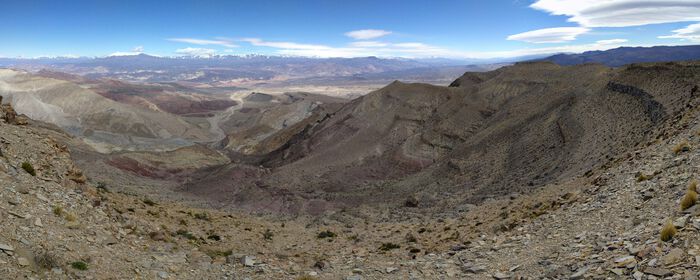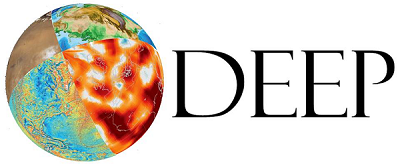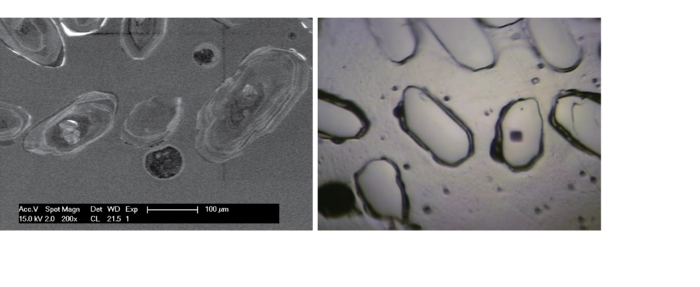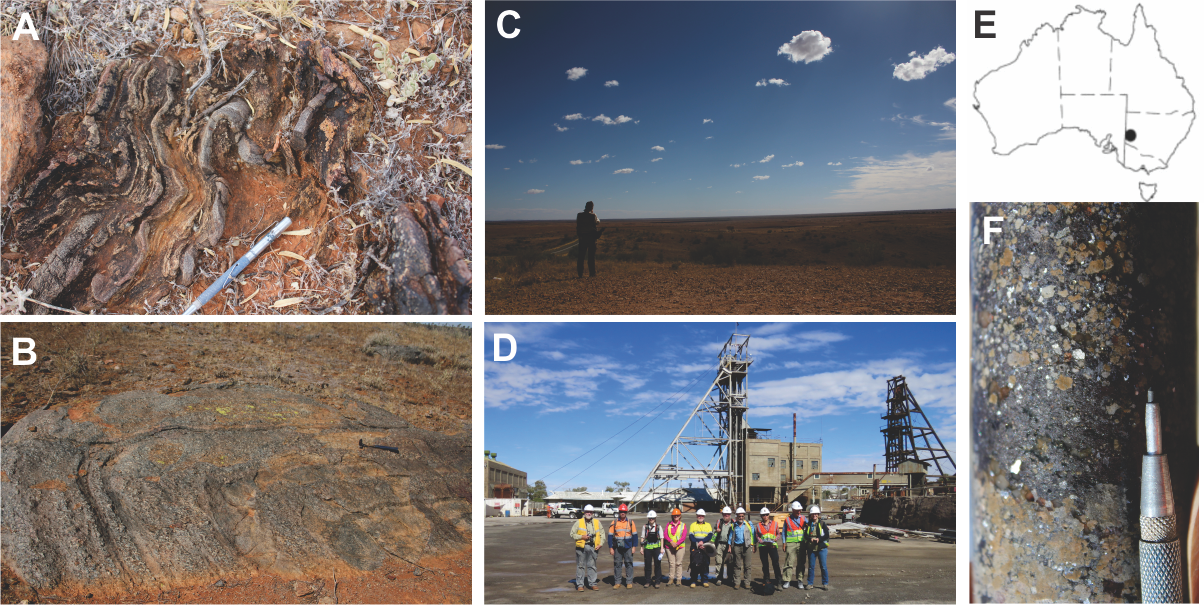Mapping the pristine remnant outcrops of the Alpine Tethys rifted margins that are exposed in the Swiss Alps.
Student-reports
Apolline Samin is a PhD candidate investigating Cu isotope fractionation as a tracer for processes affecting the formation of sulfides deposits in seafloor hydrothermal systems.
Lea Belosa is a 3rd-year Phd candidate at CEED (The Centre for Earth Evolution and Dynamics), now PHAB (Centre for Planetary Habitability) at the University of Oslo (UiO). She studies complex dynamic settings near a volcanic edifice in NE Atlantic and their interplay. This winter/spring, she got to experience summer/fall on the other side of the globe – Australia.
Exchange at UC Berkley, California (14.3. - 3.4.2023)
Linda Haaland, is a third-year PhD student at NTNU in Trondheim. She study the interplay between tectonics and geomorphology, and have a background in structural geology and tectonics. This summer, after a long winter and spring of planning, she finally made it to Svalbard to complete the dataset necessary for her PhD project. Read her story and see great photos from the scenery at Svalbard in her recent blog report as DEEP-student.
PhD student Peter Betlem at UNIS participated in the International Ocean Discovery Program’s JOIDES Resolution scientific drill ship, expedition 1 August – 7 October, 2021. In this blog and DEEP student report he describes the work with testing of rock physics of mini-core samples at NGI's Rock Physics Laboratory.
A well timed, end of winter fieldwork trip to sunny Tenerife to look at some of the best exposures of volcaniclastic deposits anywhere in the world.
A research stay on Svalbard to learn about data acquisition, processing, and interpretation using seismics and ground penetrating radar to image the subsurface, through a course offered by UNIS.
RIMFAX has joint operation between i.a. researchers at UiO and UCLA, and therefore I wanted to spend some months collaborating with the US side of the payload team
This summer, after a year of planning and cancelling travel due to the pandemic, I finally got to visit Svalbard in search of the most valuable thing a young researcher can get: data.
Specialist onboard International Ocean Discovery Program’s JOIDES Resolution scientific drill ship, 1 August – 7 October, 2021
International Geochronology Summer School at Morteratsch Glacier, Switzerland, September 1-5, 2019
My opportunity to collaborate with the magma research group at the Earth Science research laboratory of Orleans to perform high-temperature high-pressure experiments using an internally-heated pressure vessel.
Necking to distal domain transition in the offshore mid-Norway; an analogue for the complex western South Atlantic passive margin. Exploration and development Latin-American symposium, Bogotá, Colombia
I am a first year PhD candidate in geodynamics at the University of Bergen. My project evaluates the concept of metamorphic core complexes for the Devonian collapse of the Caledonian Orogen in SW Norway. In metamorphic core complexes, deep crustal rocks (the so-called “metamorphic core”) are being exhumed below extensional shear zones and exhibit a close interaction between deep and shallow crustal processes. Furthermore, such structures can significantly influence subsequent tectonic phases like the Mesozoic North Sea rift in case of SW Norway.
I was invited to attend a research trip organised by a group of Australian ore geology experts to the Broken Hill district, Australia. Broken Hill, discovered in 1884, is the largest Pb-Zn-Ag deposit in the world, and 250 million tonnes of high-grade ore has been produced from the 8 km long boomerang shaped ore body. The deposit is hosted by a sequence of metavolcanic to metasedimentary rocks in the Palaeoproterozoic Curnamona province, formed at about 1685 Ma.


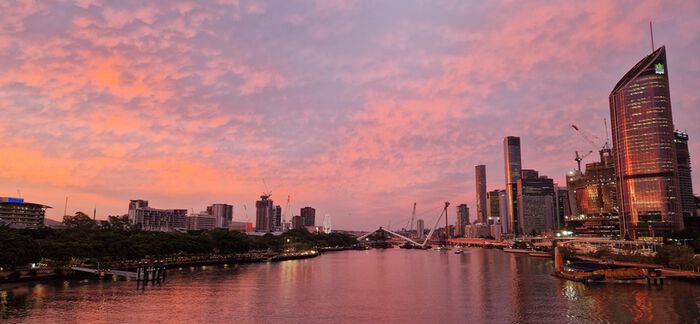

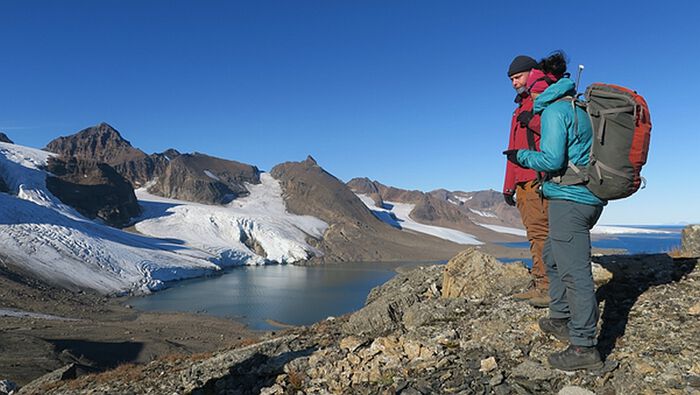
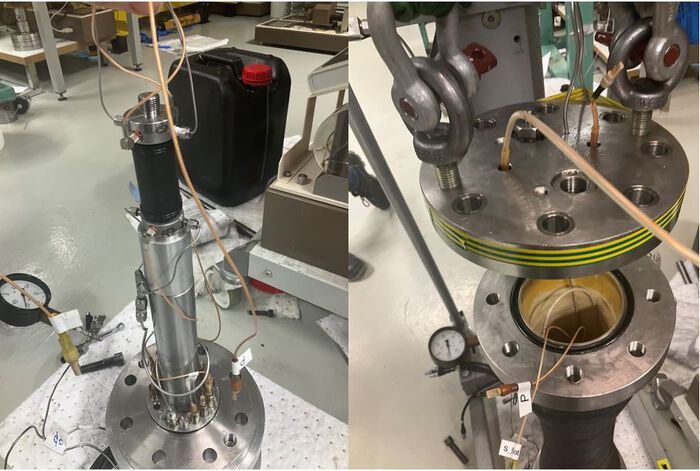
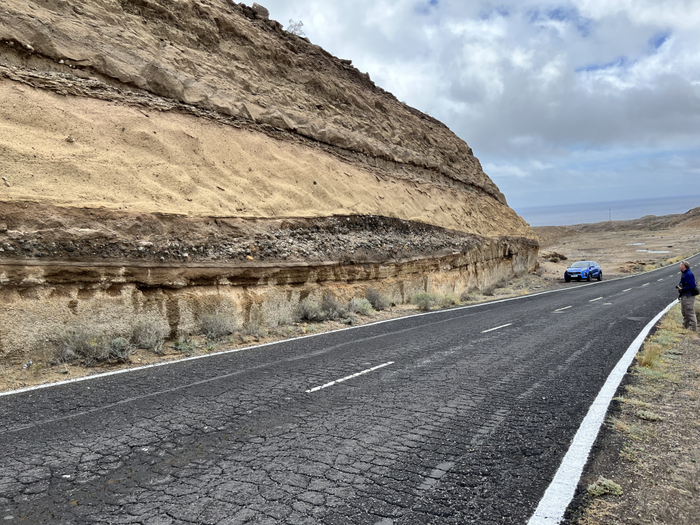
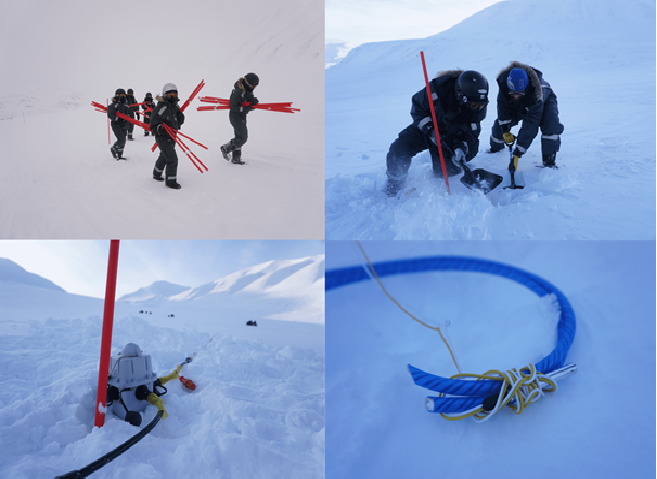

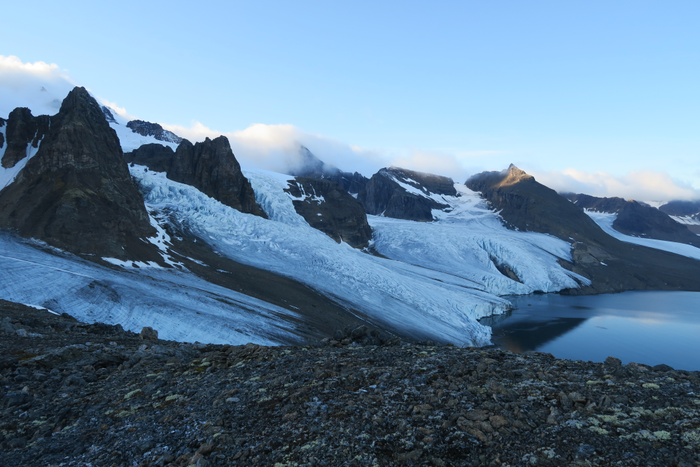

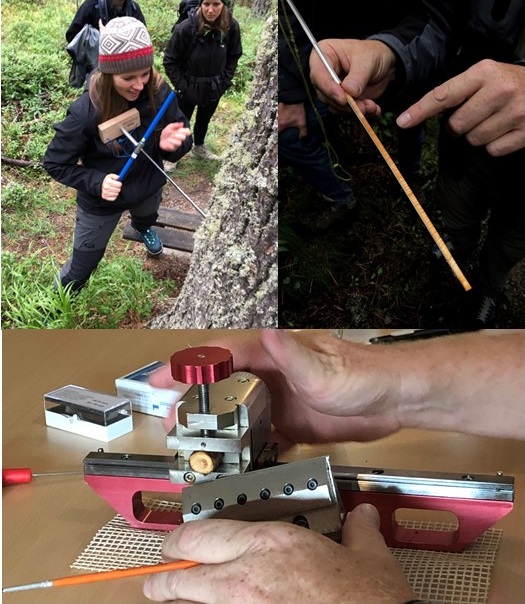

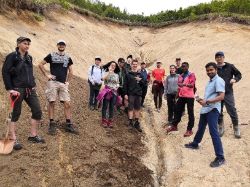
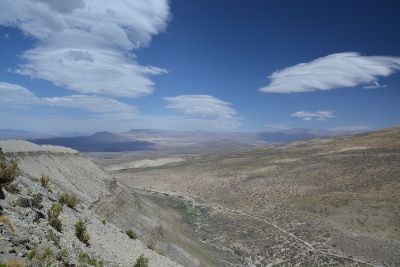

.jpg?alt=listing)

.jpg?alt=listing)
